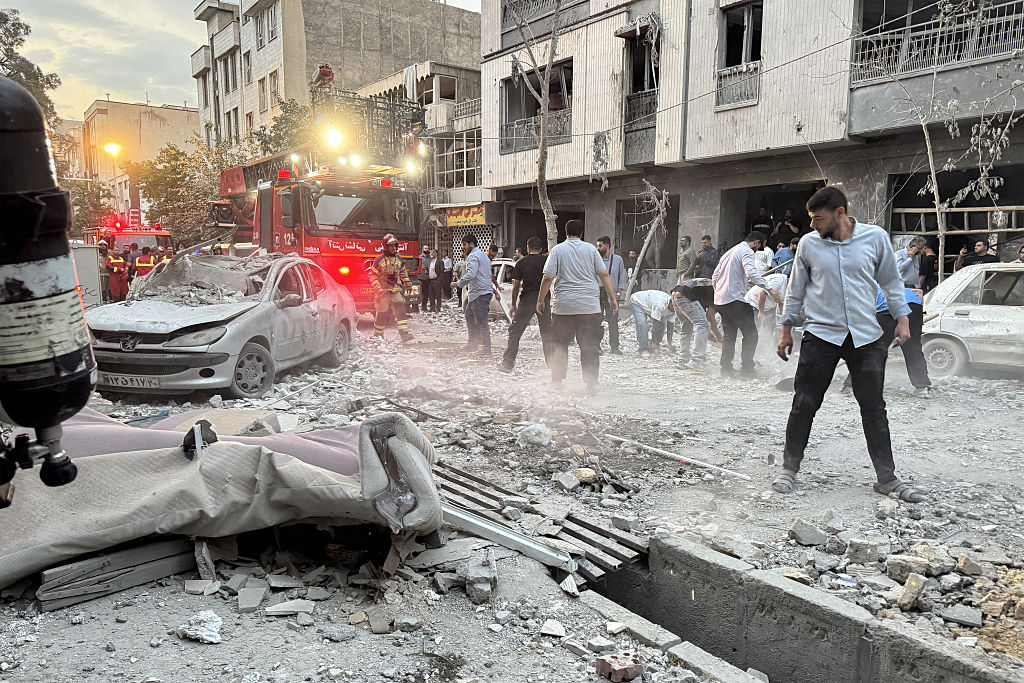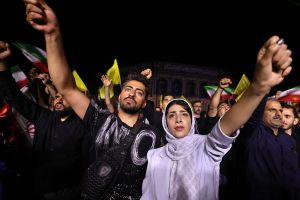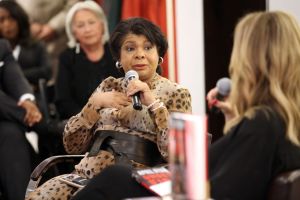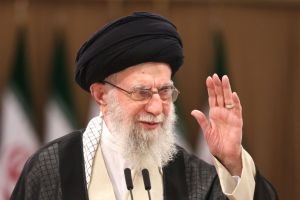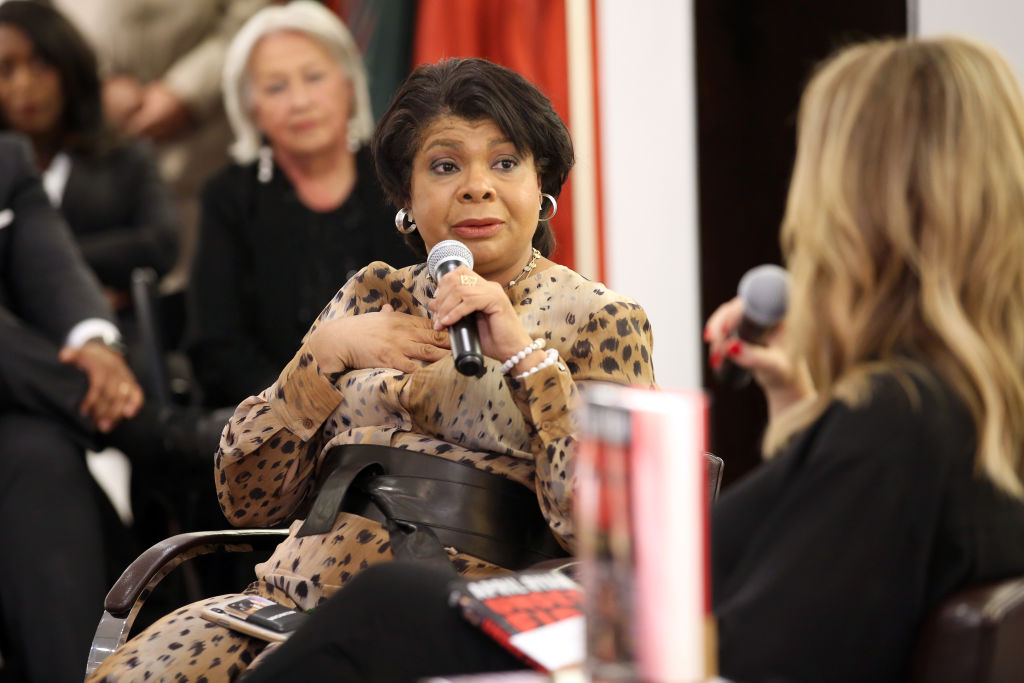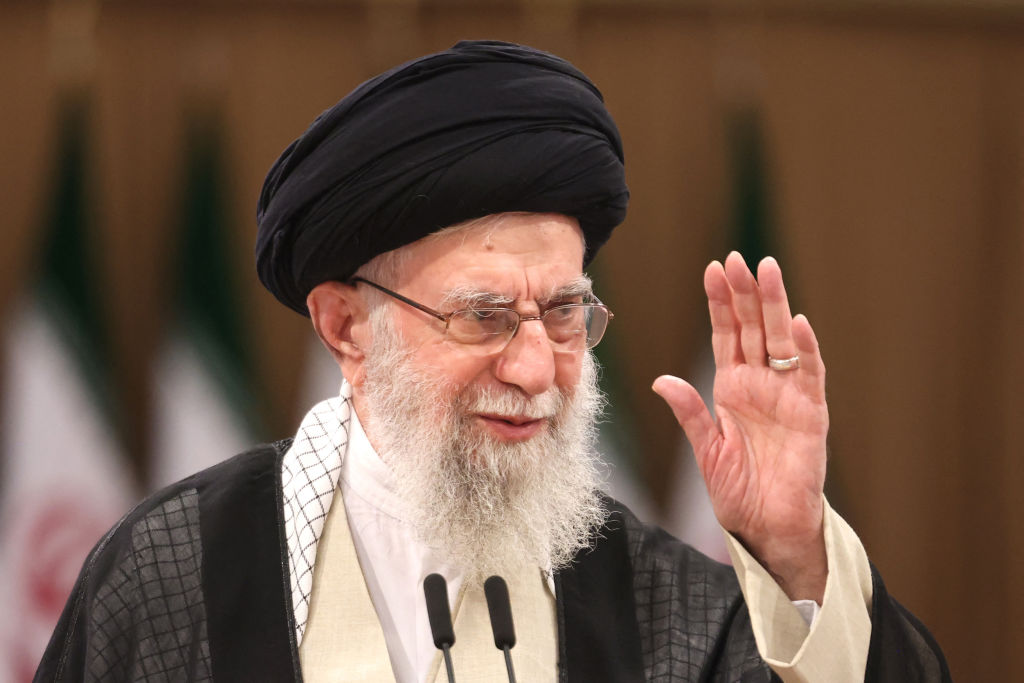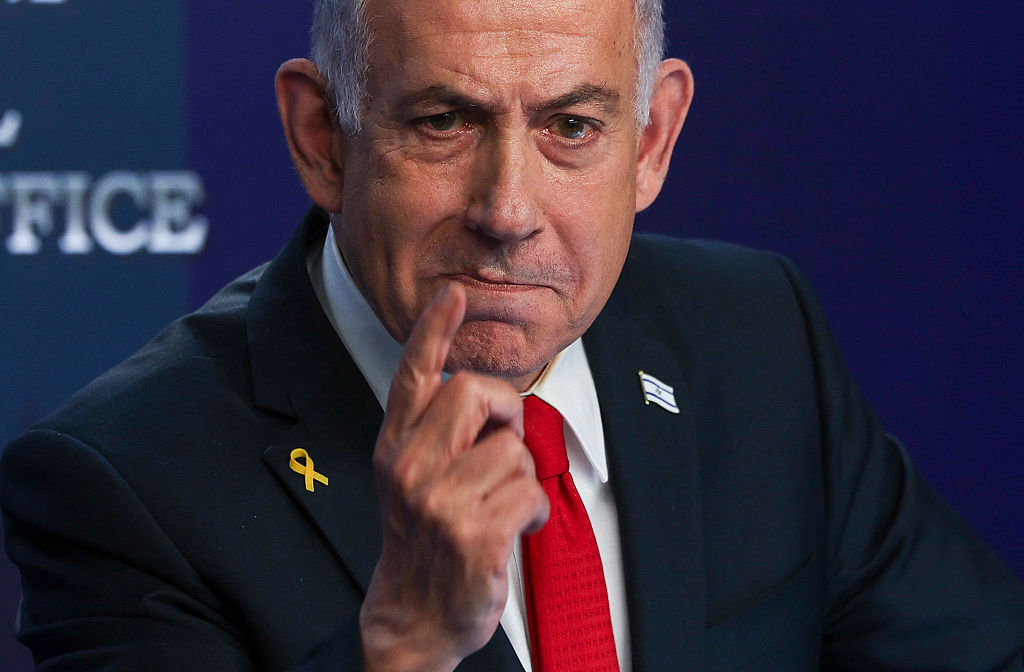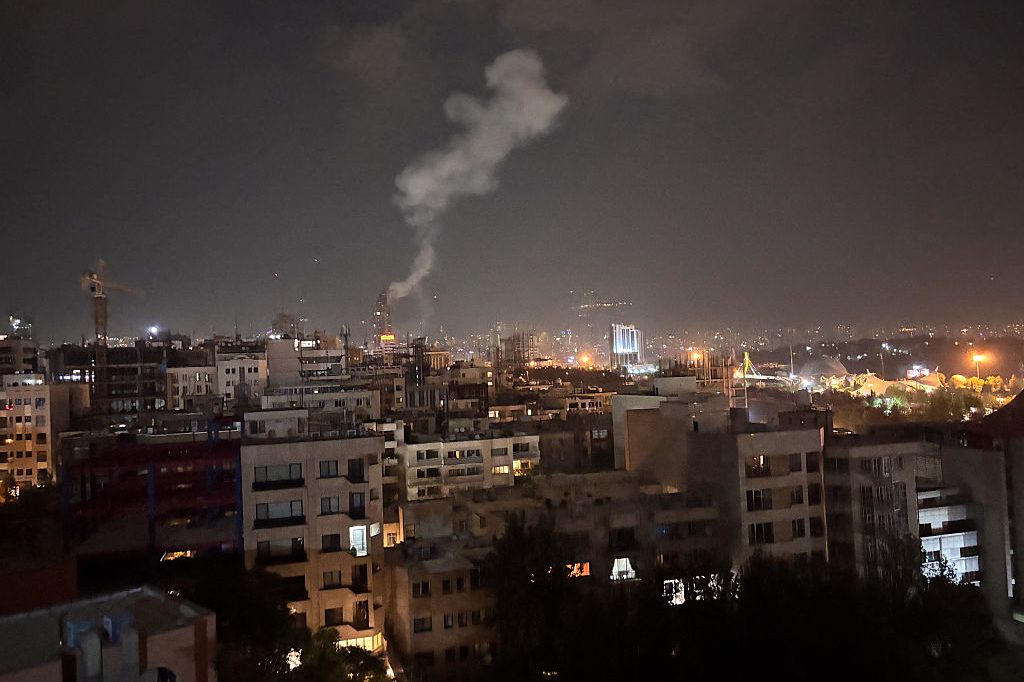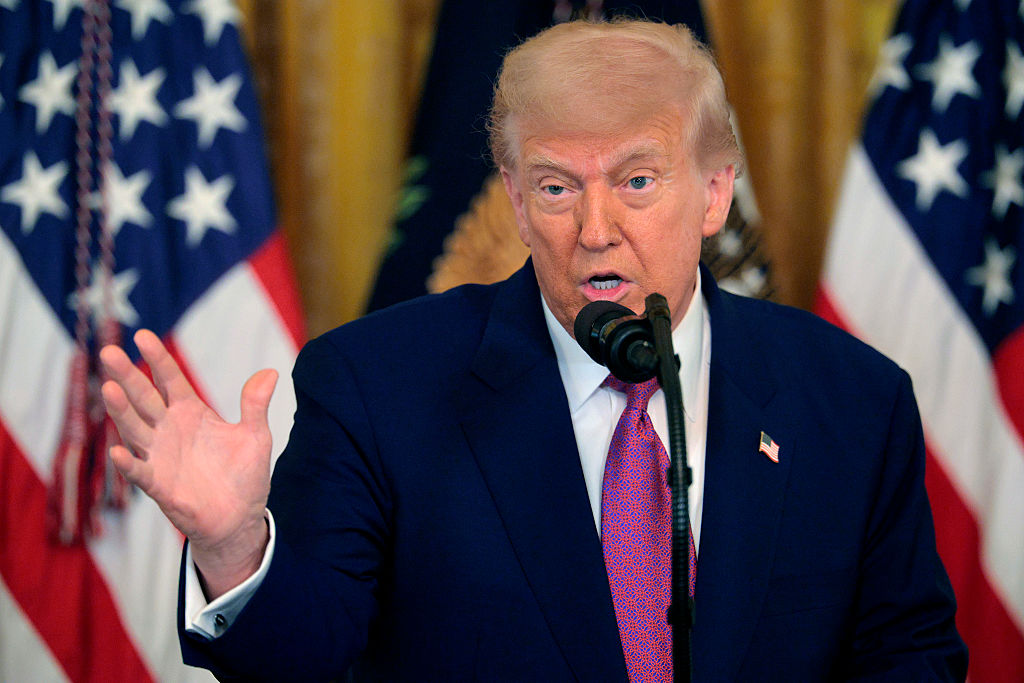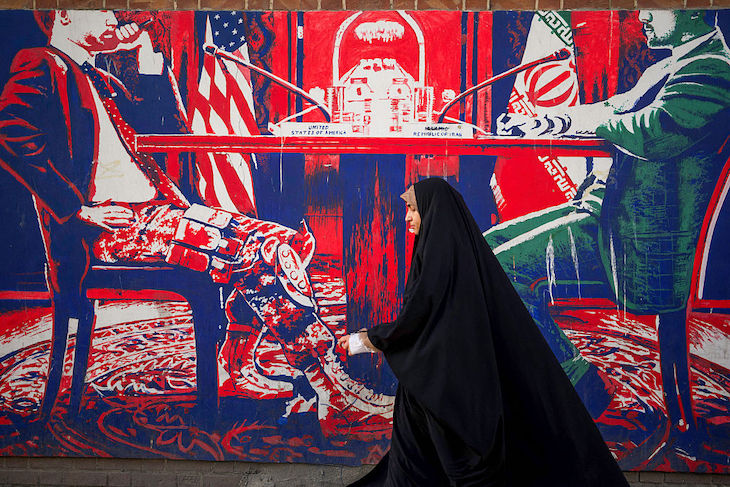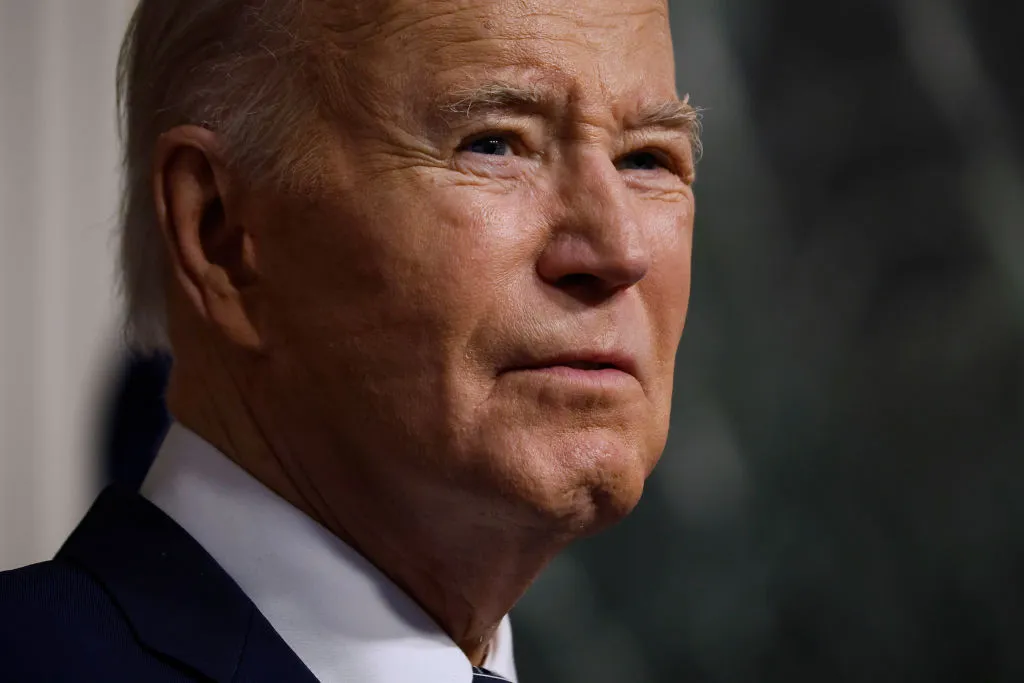Woken by sirens outside my window in Israel at 3 a.m. I made my way to the bomb shelter in the basement, reaching for my phone on the way. An unusual and urgent message appeared on the screen which had been sent to the entire nation: Home Front Command had updated its guidelines with immediate effect. Israelis are instructed to know where their nearest protected space is, to avoid unnecessary movement, and to prepare for possible extended periods in shelters. Public institutions are not to open. The meaning was clear: the long-anticipated Israeli operation against Iran’s nuclear and ballistic missile programs had begun.
Within minutes, the Israel Defense Forces (IDF) confirmed it. Operation Rising Lion had been launched: a preemptive strike ordered by the cabinet to “roll back the Iranian threat to Israel’s very survival.” The opening wave saw Israeli Air Force jets strike dozens of nuclear and military command targets deep inside Iran. According to the IDF spokesperson, 200 planes dropped 330 munitions across a wide array of targets.
The IDF stated bluntly: Iran possessed enough enriched uranium to build several bombs within days. Israeli intelligence had concluded that Tehran was about to cross the threshold towards weaponization. Israeli sources later revealed that the Revolutionary Guard had capabilities to assemble fifteen nuclear bombs, with Iranian scientists already at work. Israel estimates that more than ten nuclear scientists were killed in the strikes.
“This was an imminent threat,” the IDF declared. “We acted to remove it.”
Targets included nuclear enrichment facilities, ballistic missile production sites, and the homes and offices of senior Iranian military and political leaders. Israeli defense officials told local media there was a “significantly increased likelihood” that much of Iran’s senior military leadership, figures directly involved in its nuclear weapons program, had been eliminated in the first wave.
Iranian state media soon confirmed the most consequential of these deaths: Hossein Salami, Commander-in-Chief of the Islamic Revolutionary Guard Corps (IRGC), was killed in the strikes. Salami, a veteran of the Iran-Iraq War and one of the regime’s most visible military figures, had overseen the IRGC’s operations across the region.
Also reported killed was Major General Gholam Ali Rashid, Commander of the Khatam-al-Anbiya Central Headquarters and Deputy Chief of the Iranian Armed Forces General Staff. Rashid had long been a key architect of Iran’s military doctrine.
Among the scientists reported killed were Dr Fereydoun Abbasi-Davani, former head of the Atomic Energy Organisation of Iran and a leading nuclear physicist, and Dr Mohammad Mehdi Tehranchi, a prominent academic and advocate of Iran’s advanced scientific and AI capabilities. Abbasi-Davani, who survived an assassination attempt in 2010, had remained a crucial figure in Iran’s nuclear establishment.
In all, Israel eliminated the Commander-in-Chief of the IRGC, the Deputy Chief of the Armed Forces General Staff, and several other senior military and nuclear figures in the opening wave.
Striking Iran’s military headquarters, its nuclear facilities, and its ballistic missile infrastructure in a single coordinated campaign will have required an extraordinary level of intelligence preparation and operational precision. Al Arabiya reported that Israel carried out at least 300 attacks inside Iran last night, designed to cripple command-and-control systems as well as strike hardened nuclear targets. Iraqi media confirmed that Iraq had closed its airspace to all traffic. Israeli airspace too was sealed until further notice.
Iranian residential areas in northeast and west Tehran were also hit, in what Israeli sources suggested were carefully targeted elimination attempts against senior IRGC commanders embedded within the military structure.
The operation followed months of escalating tensions. Earlier, the International Atomic Energy Agency had issued a report confirming that Iran was violating its nuclear commitments. Diplomatic efforts by the US and Europe were faltering. US President Donald Trump had issued a public 60-day warning, demanding that Iran cease uranium enrichment on its soil and dismantle its program or face consequences. Many had dismissed or forgotten that deadline. The Israeli strikes came on day sixty-one.
In the days before the strike, Israel had engaged in an elaborate information operation to achieve tactical surprise. Prime Minister Benjamin Netanyahu was publicly reported as going on vacation to northern Israel for the weekend, just two days before his son Avner’s highly publicized and widely criticized wedding at Ronit Farm. At the same time, Israel’s domestic political discourse was dominated by a coalition crisis over the draft law, while international attention focused on the US-Iran nuclear negotiations, which were reaching a boiling point. The timing of Netanyahu’s holiday, against this backdrop, helped reinforce the impression that Israel was not on the verge of military action.
There were high-profile meetings scheduled, and public US warnings urging Israel not to attack had been prominently leaked. The appearance of tension between the US and Israel seems, in retrospect, to have been part of the deception designed to lower Iran’s guard.
In fact, as American journalist Bret Baier revealed after speaking directly with Trump, the President was fully aware of Israel’s actions: “There were no surprises there,” Baier reported. “Iran cannot have a nuclear bomb,” Trump told him. “We’ll hopefully get back to the negotiating table – we’ll see. There are several people in leadership in Iran who will not be coming back.”
Trump added that he was watching for Iran’s response: “Looking to see what the retaliation will be.” While the US was not involved in the strike, Trump affirmed the US would help defend Israel if needed. It is almost poetic: Trump is treating Iran as Iran has long treated the world: disavowing direct involvement, distancing himself from his proxies, and signalling: this is not my fight.
Publicly, the US maintained distance. Secretary of State Marco Rubio also said: “We are not involved in strikes against Iran. Our top priority is protecting American forces in the region.”
In his address to the nation, Prime Minister Netanyahu was bullish, and left no room for doubt: “Tonight Israel backs its words with action. We struck at the heart of Iran’s nuclear enrichment programme. We struck at the heart of Iran’s nuclear weaponization program. We targeted Iran’s main enrichment facility in Natanz. We targeted Iran’s leading nuclear scientists working on the Iranian bomb. We also struck at the heart of Iran’s ballistic missile program.”
He also spoke directly to the Iranian people: “Our fight is not with you. Our fight is with the brutal dictatorship that has oppressed you for 46 years. I believe the day of your liberation is near. And when that happens, the great friendship between our two ancient peoples will flourish once again.”
Foreign Minister Gideon Sa’ar launched a full diplomatic campaign. The Foreign Ministry opened an emergency situation room and began a marathon of calls to counterparts worldwide to secure legitimacy for Israel’s actions.
Meanwhile, Israelis were warned to prepare for a difficult and potentially extended campaign. Commander of the Home Front Command MG Rafi Milo cautioned that “challenging and complicated days” lay ahead and that widespread alerts were expected.
Netanyahu added: “There are no free wars. You may very well be required to stay in protected areas for a long time, much longer than we have been accustomed to.”
Saudi Arabia publicly condemned the Israeli strikes – but behind the scenes, Riyadh may well be quietly pleased that Israel is doing what many Sunni Arab governments view as a necessary action to contain Iran’s ambitions. Countries such as Saudi Arabia, the UAE, Bahrain, and Egypt regard Iran as the principal regional threat, particularly in light of its support for Shia militias, the Houthis, Hezbollah, and its nuclear programme. Even those without formal ties to Israel tacitly align on this issue, a shared concern that has underpinned years of covert regional cooperation. One Israeli official even told Israel Hayom the preemptive strike was “more successful than anticipated.”
Overnight, Israel has crossed a threshold. What began in the early hours with sirens and a nation moving to its shelters is now an unprecedented military and geopolitical rupture. The confrontation that long seemed a shadow war is now fully in the open. What began in October 2023 with Palestinian terrorists bursting across Israel’s border in Toyota pickup trucks, armed with RPGs, gasoline, and guns, has transformed into a systematic campaign: the near-elimination of several of Iran’s proxy forces that have threatened Israel for decades; the downfall of the Assad regime in Syria; the crumbling of Hamas in Gaza; the destruction of key military assets including the airport in Houthi-controlled parts of Yemen; the degradation of Hezbollah’s operational capabilities; the elimination of many terrorist leaders across the region – and now, this.
The IDF has confirmed that Iran has launched approximately 100 UAVs toward Israeli territory, now en route and under active interception. As the coming days bring further Israeli strikes, Iranian retaliation, and the possibility of a broader regional war, one fact is now beyond dispute: the strategic confrontation that has loomed for decades is no longer theoretical. It is happening, now.



